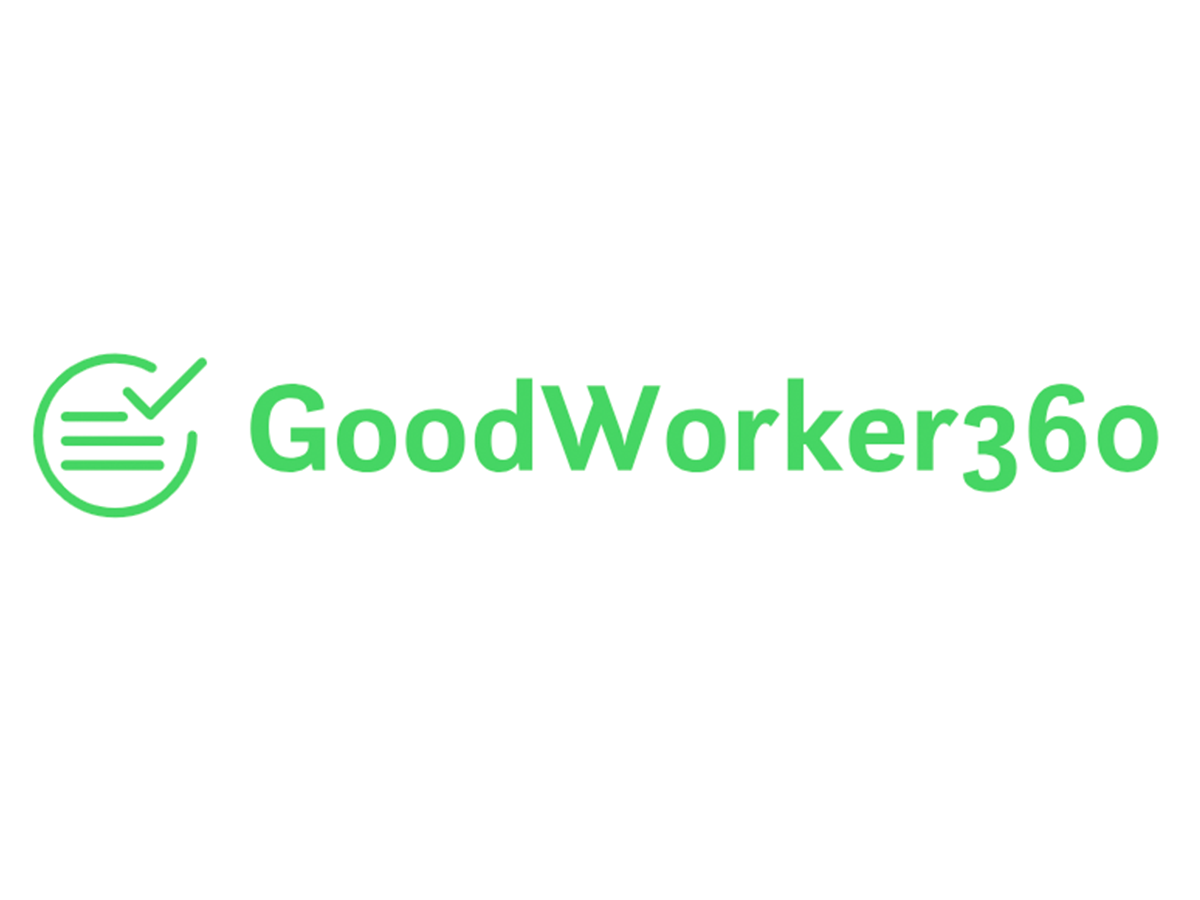By James Nash ’21, co-founder and CEO, GoodWorker360
After my freshman year at Colgate University, I worked as a waiter in a restaurant in my hometown. It was during this time that I observed how unfair and subjective the current employee evaluation system is as well as how the productivity of restaurants is being affected by technological inefficiencies. Despite being totally inexperienced, I was given the best tables, and I didn’t even know it. This quickly frustrated two servers that had been there for multiple years and they quit shortly after. I started talking to other waiters, the manager, and restaurant owners and it turns out that high employee turnover fuels the nightmares of those in the industry while unfair performance evaluations are a major source of frustration for waiters. Right now rewards are based completely on subjective evaluation reports that are only given, on average, four times per year. Because there is no standardized way to evaluate servers, each restaurant has to have its own methods, making the evaluation criteria difficult to predict and understand, quickly leading to employees who don’t feel recognized for their good work. It was from this experience and subsequent research that GoodWorker360 was born.
GoodWorker360 is an employee evaluation software for restaurants that provides actionable insights and recommendations designed to make optimizing waitstaff easier and more effective. Leveraging data gathered by a restaurant's point-of-sale system, we provide managers with a unique set of tools that enable them to make more informed management decisions and maximize server performance.
Once I had found a critical pain-point and came up with an idea on how to address it, I knew it was time to turn this idea into a reality. The first step was so put together a great team that was not only talented but also very committed to making GoodWorker360 real. We then needed to build our software. After a long search for a development team that would be able to do the job, we found a great match with a team based in the Philippines. This is where receiving a TIA seed grant was absolutely crucial. Developing software is expensive and having the seed grant allowed us to get started building our product right away. Without it, we would have had to either find a less skilled team for cheaper or raise the funds ourselves which would have set our timeline significantly back. The seed grant made it possible for us to build our minimum viable product and not have to worry about sacrificing our timeline.
